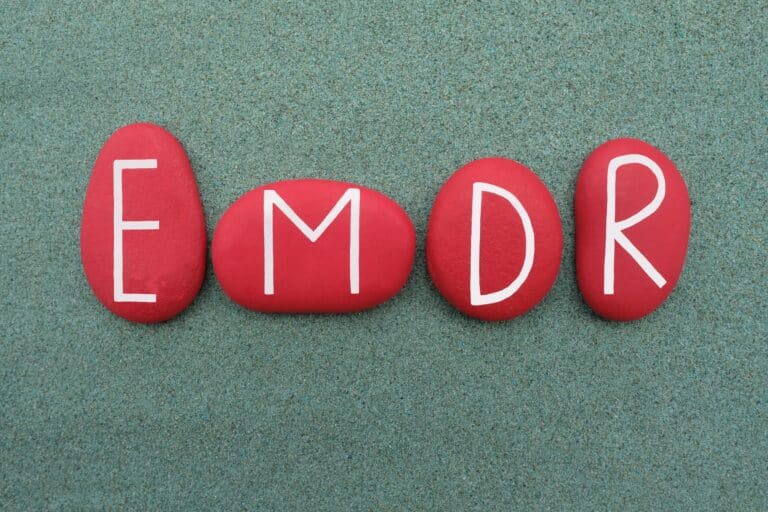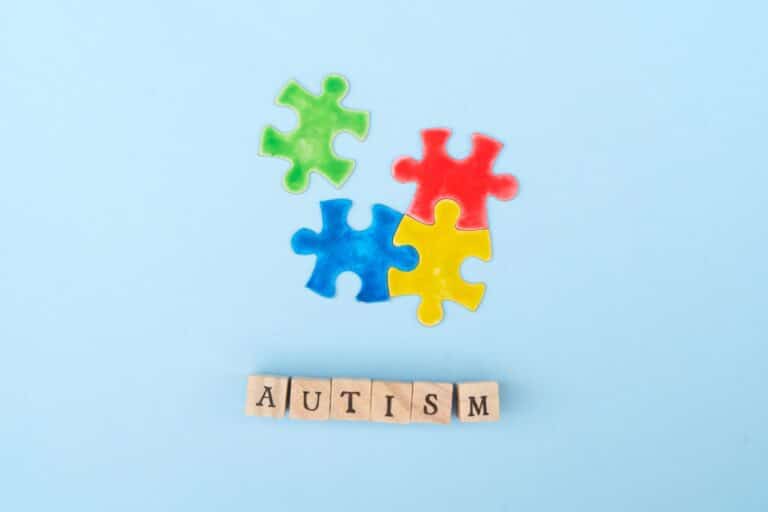Individuals with post-traumatic stress disorder (PTSD) are more susceptible to developing a drug addiction. Studies have shown a 50% prevalence of substance use disorder (SUD) among patients diagnosed with PTSD.
PTSD is a mental illness common among people who have experienced or witnessed a traumatic event. While PTSD is mainly associated with combat veterans, it can affect anyone regardless of age, nationality, culture, or professional background. Statistics show that one in eleven people will develop PTSD at some point. Women tend to be more susceptible than men to the condition.
Symptoms of PTSD can be pretty severe, e.g., being easily startled, trouble concentrating, aggressive behavior, and a pang of resulting overwhelming guilt etc. As a result, people battling the condition tend to turn to substance use. They do so as their way of numbing the symptoms, leading to addiction.
Prevalence and Characteristics of PTSD and Addiction
Developing a stress disorder following a traumatic event is especially common among people who do not seek immediate counseling. Experiencing or witnessing natural disasters, serious accidents, terrorism, rape, combat, and other threats of injury or death are all possible causes of PTSD.
Seeking therapy following the trauma helps people process the events, leading to healing. Otherwise, without psychological help, they may try to avoid situations that remind them about the experiences long after the traumatic event. Once the patient develops PTSD, they soon become susceptible to substance use disorder (SUD) as a coping mechanism to counter the depressive thoughts and dampen the feelings, with comorbidity (co-occurrence) prevalence in about half of the patients.
The drugs may seem to provide momentary relief to an individual, but in the real sense, they worsen their mental state. Usually, people with PTSD and addiction have more severe symptoms than either of the disorders alone.
For instance, they may manifest an increased risk of violence, more suicide attempts, chronic health problems, etc. Drugs also tend to extend their avoidance, and the more they delay seeking treatment, the worse their symptoms become. Even when they eventually start treatment, continued use of drugs may cause a higher intolerance to pharmacotherapy. Which may further complicate the treatment process.
Active treatment of PTSD, especially using psychotherapy, helps the patients process the events by dealing with their thoughts and feelings. On the other hand, alcohol or drug abuse produces the opposite effect by creating a euphoric feeling. Which effectively blocks out the memories and suppresses their feelings. Failing to reconnect with their memories hinders them from processing the trauma, impeding their healing.
PTSD and Addiction Statistics
Several studies have been conducted on the comorbidity of PTSD and SUD. Here are some of the findings;
- PTSD and SUD co-occur in about half of PTSD patients
- People with PTSD are twice to four times more likely to have SUD than people without PTSD
- Out of the over 13 million American adults (26 and above) with SUD, between 12-34% have PTSD
- 33% of veterans on SUD treatment have PTSD, while 75% of the veterans with PTSD also have SUD
- 80% of women on SUD treatment have a history of traumatic experience related to sexual or physical assault
While PTSD increases the risk of SUD, drug addiction is not a risk factor for PTSD. I.e., abusing drugs cannot cause PTSD; the stress disorder stems from experiencing or witnessing a traumatic event. Drug addiction aggravates risky behavior and avoidance among PTSD patients, worsening their situation.
Treatment for PTSD with Co-Occurring Substance Use Disorders
Co-occurring PTSD and substance use disorder (SUD) should be treated together for lasting relief. This is because people with PTSD and SUD comorbidity have poorer treatment outcomes than those with either of the conditions alone. However, seeking treatment for PTSD sooner enhances the recovery from drug addiction.
The treatment takes a holistic approach, often including pharmacotherapy and psychosocial interventions. Inpatient recovery may also be recommended for treatment. This treatment may include detox, clinical help with substance dependence, managing withdrawal symptoms, coping skills, and relapse prevention.
Generally, here are examples of treatments used in treating co-occurring PTSD and drug addiction;
Cognitive Behavioral Therapy (CBT)
CBT is a category of psychotherapy used to treat various mental health conditions, including PTSD and SUD. Mainly, the treatment aims at arresting negative thinking that dampens one’s mood and compromises their mental well-being. This enables them to cope with their PTSD symptoms and stop the urge to suppress their feelings with drugs.
Examples of the types of CBT used in treating PTSD include;
- Cognitive processing therapy – aims at modifying painful negative emotions
- Prolonged exposure therapy – involves using imaging of the trauma in a controlled way to help the patient face their fear and learn to cope
- Group therapy – involves people with similar traumatic experiences sharing in a non-judgmental environment
- Stress inoculation therapy – equips the patient with coping skills to manage stress triggers
At the same time, patients may be encouraged to journal their symptoms and experiences. Keeping a record of the journey is therapeutic and can provide insights to the therapist on how they can best help.
Dialectical Behavior Therapy (DBT)
DBT is based on CBT, but instead of encouraging people to manage their negative thoughts, it allows them to accept them and then think about how those thoughts affect their behavior and emotions for positive change.
Pharmacotherapy
Pharmacotherapy, or medication, is also effective in treating PTSD when combined with psychotherapy. Notably, it helps relieve the symptoms enabling the patients to be more active in psychotherapy. Examples of medications recommended include SSRIs (selective serotonin reuptake inhibitors) and SNRIs (serotonin-norepinephrine reuptake inhibitors).
Get a Dual Diagnosis Today
Treating PTSD and SUD together is crucial to enhancing the patient’s recovery. This is because of the co-occurrence of the two results in far worse symptoms than each of the conditions alone. However, once you treat a patient for PTSD, they’re better placed to control their urge to abuse drugs. There are Dual Diagnosis treatment options available to manage symptoms of PTSD and substance use. Effective treatment should combine pharmacotherapy with psychosocial treatment with brief inpatient treatment at the onset to help manage the addiction. If you or a loved one has signs of co-occurring PTSD and addiction, contact us.






